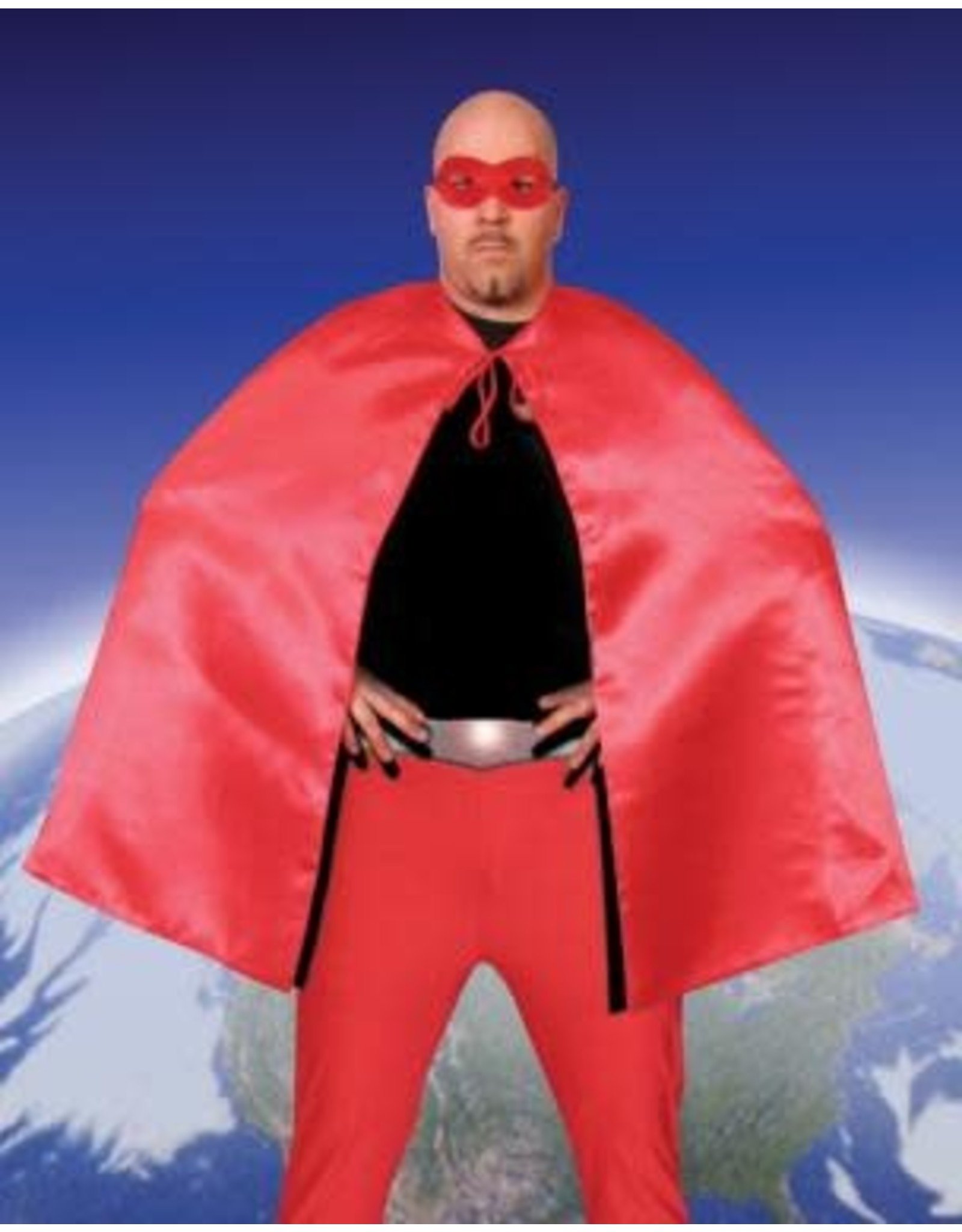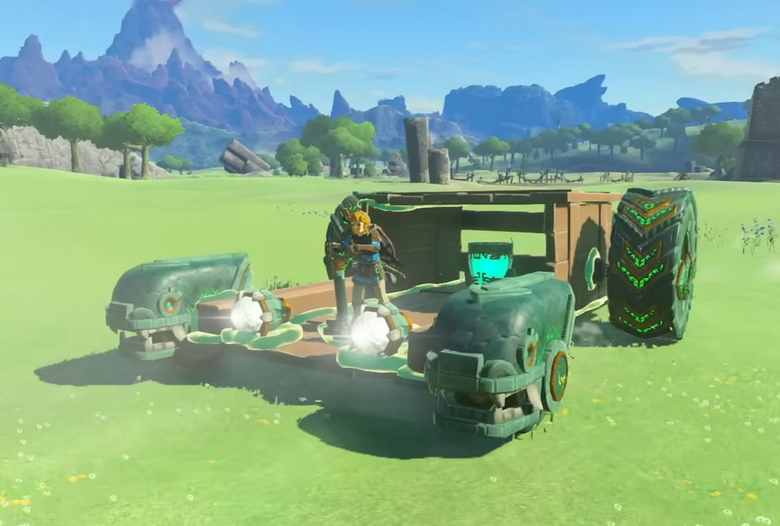Nintendo discusses the huge challenge of creating Zelda: TotK's physics-based gameplay
So many variables...
Nintendo absolutely floored gamers when The Legend of Zelda: Breath of the Wild launched, as it completely revamped everything and anything we thought we knew about what a Zelda game could be. That’s an experience very few Zelda fans will forget, yet somehow Nintendo achieved those heights once again with the release of Zelda: Tears of the Kingdom.
With Tears of the Kingdom, Nintendo kept the same playground while giving players all-new tools to play with. The addition of powers like Ultrahand and more let players build whatever they could dream of, using items and set pieces in ways even Nintendo couldn’t imagine. Thankfully, the Big N was up to the task of creating such a technically-demanding experience.
At GDC 2024, Senior Director Takuhiro Dohta, Sound Programmer Junya Osada, and Physics Programmer Takahiro Takayama spoke at length about the trials and tribulations the Tears of the Kingdom dev team went through. You can see a recap of the entire event below, courtesy of IGN.
- the philosophy behind Breath of the Wild and Tears of the Kingdom was called “multiplicative gameplay”
- this term referred to where action and objects come together to create countless possibilities
- with TotK, the devs thought this idea could be expanded by letting players stick multiple objects together
- Takayama thought accomplishing this would be quite difficult
- the team had two main goals: create an entirely physics-driven world, and create a system where unique interactions happen without any dedicated implementation
- early glitchy prototypes caused a cart and horse to zip straight into the air when hit with a rock
- the freedom Ultrahand offered caused chaos in Hyrule during development
- Nintendo decided to remove all non-physics items and make everything physics-driven
- gates were originally not physics-driven, but this was changed to fix issues
- this gate change led to all sorts of interesting solutions and discoveries using physics
- Nintendo wanted to create a spontaneous system that makes fun things happen
- the entire staff had to work together on elements like drivable vehicles due to their complexity
- as far as sound goes, the world contains voxel information to create a 3D terrain
- each voxel sources information about the terrain
- a search algorithm determines how sound interacts with the voxels
- in some cases abstract sounds combine to create something entirely new
- there is no dedicated wagon sound or paddle boat sound, as these are created by the wheels rolling or rotating on the water
- the quality of these sounds changes based on the size, shape, and material
Add Comment

autumnalblake
4M agoThe voxel sound system sounds interesting! Would love to learn more about that!

the_crimson_lure
4M agoI really think that if either of these systems were in a game with higher graphical fidelity, it would have gotten a lot more technical award recognition, but since it's on Switch it was passed over just because Switch is relatively weak hardware.
That doesn't make the technical achievements any less impressive, though. On the contrary, it's even more impressive considering the constraints the developers worked with here.

Comments (2)